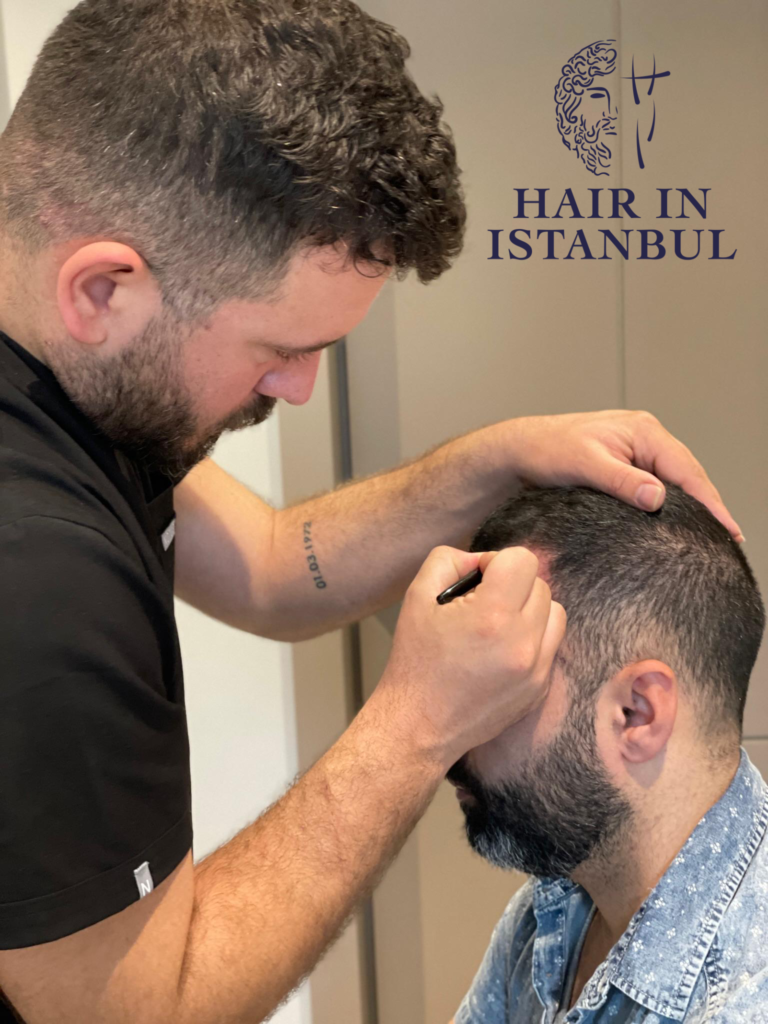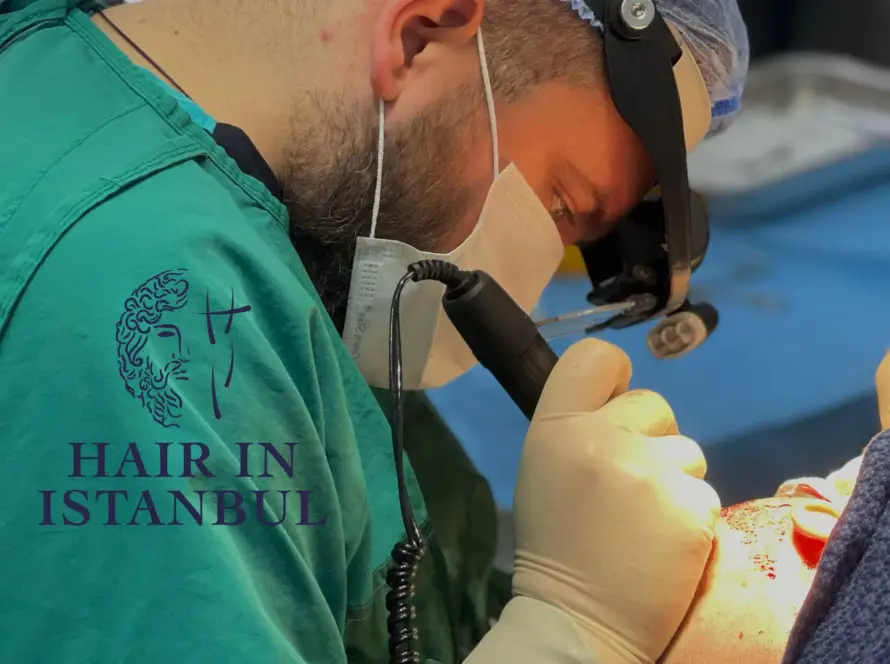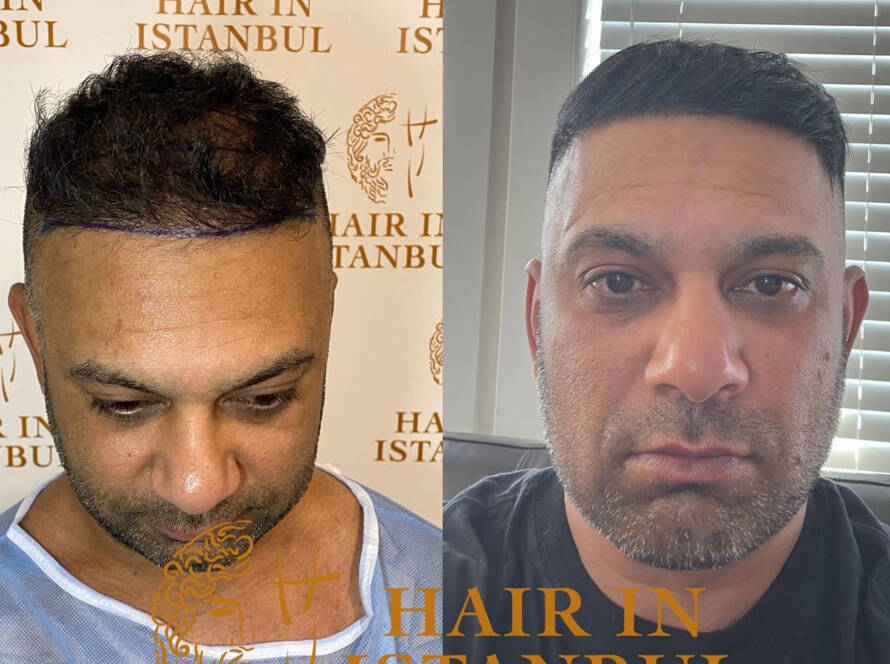Hair transplantation represents an effective solution against hair loss and baldness. However, one of the most frequently asked questions about this procedure is whether there will be any scars in the donor area after the hair transplant. In hair transplantation, hairs from the back of the head (the occipital region) are taken out to be grafted into balding or thinning areas. The following article will discuss the likelihood of scarring in the donor area after a hair transplant and why practically never is there scarring left in the occipital region.
Scarring in the Donor Area
- FUE (Follicular Unit Extraction) Method:
Today, of all the working hair transplant techniques, the FUE method prevails. In this method, hair follicles are extracted one by one from the donor area with the help of a special device called a micromotor. In the FUE method, the possibility of scarring in the donor area is almost nil. The microscopic size of the incisions is minute enough that it would heal up rapidly and that visible scarring is unlikely to occur.
- FUT (Follicular Unit Transplantation) Method:
The FUT method is a more classic technique of hair transplant in which a strip of scalp is taken from the donor area. Afterward, hair follicles are dissected from this strip and transplanted into areas where you’re going bald. This may leave a thin, linear scar at the donor area. However, the hair usually grows out and covers this thin scar, after which it is not easily visible.
Why the Occipital Region Shows No Scars
- Microscopic Incisions:
It is performed using microscopic incisions, which improve the healing process and diminish the possibility of scarring. These incisions are so small in size that they can hardly be noticed with the naked eye when healed.
- Natural Hair Structure:
Hair at the back of the head is usually thicker and more dense. This density of hair, therefore, acts as a natural camouflage for the extraction sites. When the hair regrows, the extraction sites become completely invisible.
- Rapid Healing:
The occipital region heals more quickly compared to other parts of the body. Since this area has a more elaborate blood supply, the speed of healing is better, and scarring is less possible.
- Expert Specialists:
Hair in Istanbul and clinics like these will do hair transplantation quite precisely and delicately. Our experts use top-notch techniques so no traces of scars are left behind at the donor area.
Care After Hair Transplant
Post-operative care of the donor and recipient areas is very important to reduce the possibility of scarring. We will give detailed instructions to our patients regarding how to look after the donor and the recipient areas after surgery. Good care in the first few days, right protection of the donor area, and taking good care will allow the healing process to take place properly.
However, the amount of scarring in the donor area, after a hair transplant, depends on the method and technique employed. If performed with the FUE method, the possibilities of scarring are next to none. The natural characteristics of the occipital region, combined with microscopic incisions and rapid healing, make sure that no marks remain behind after a hair transplant.
At Hair in Istanbul, we provide our patients with scarless, natural, and aesthetic hair transplantation results by using state-of-the-art technologies and the best techniques. For more information and consultation on hair transplantation, we invite you to visit our clinic.




